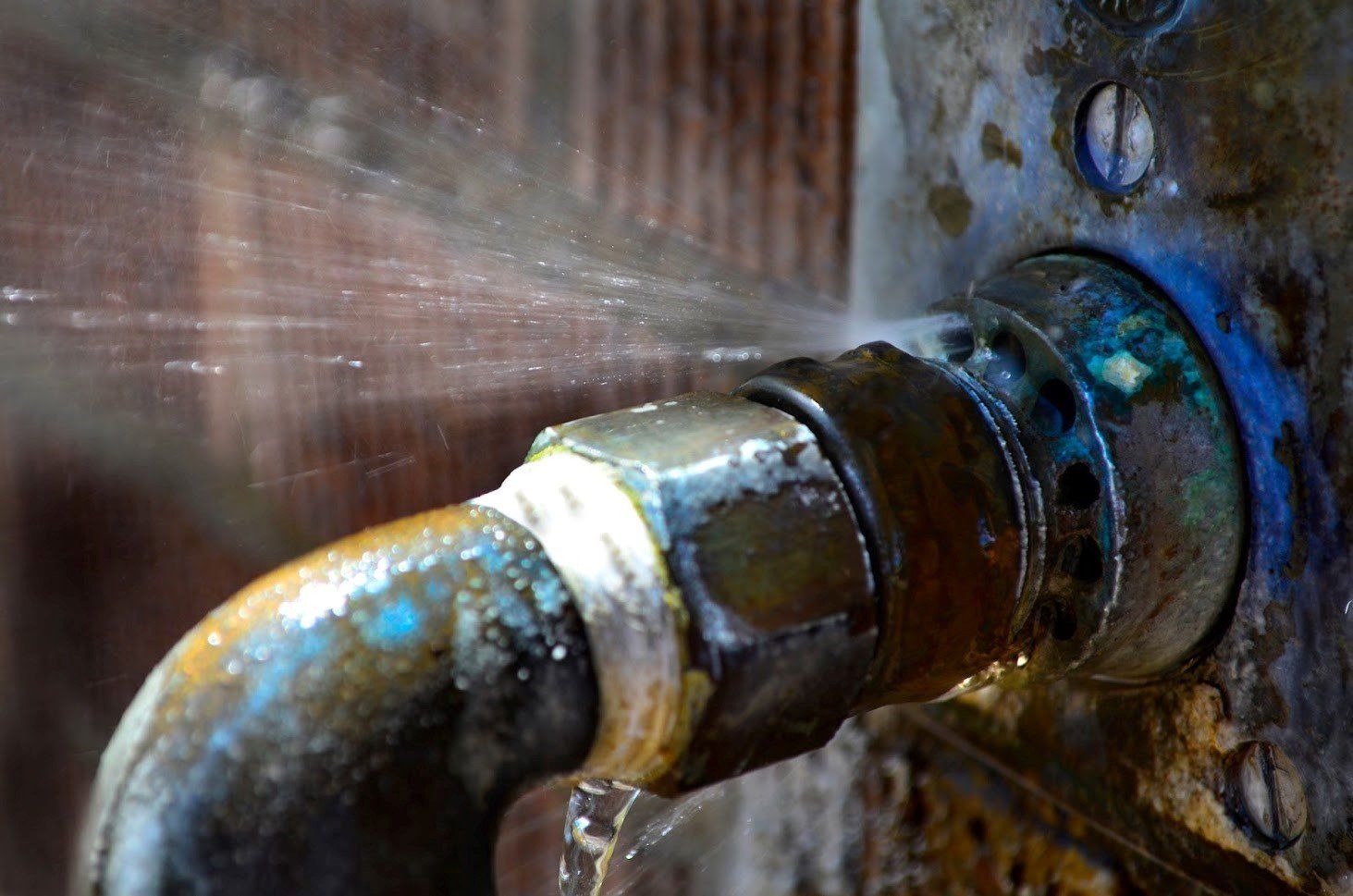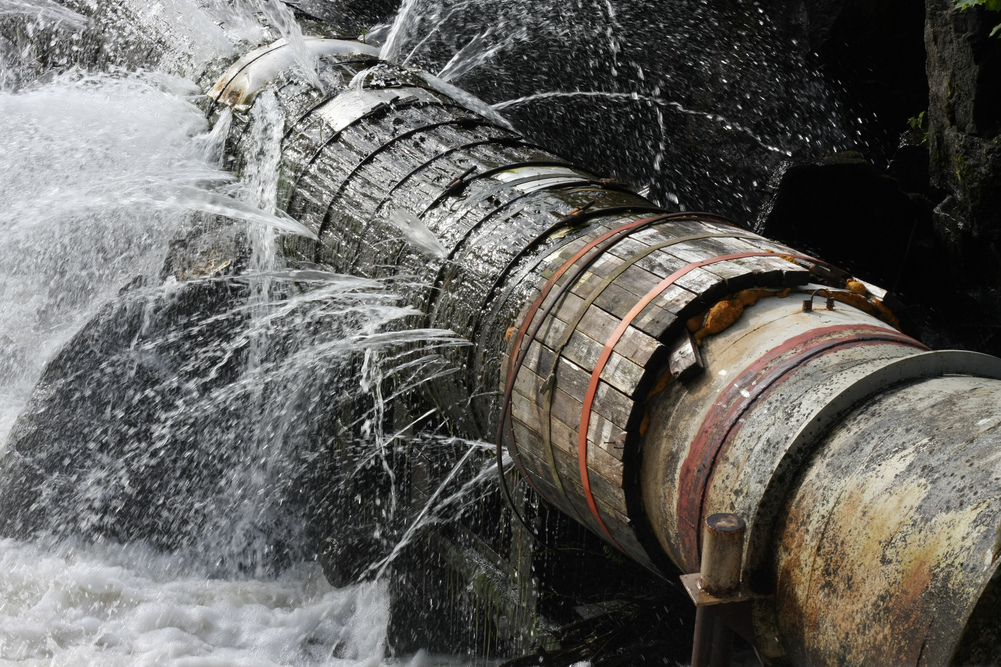Quick-Response Plumbing: Tips for Identifying and Dealing With Burst Pipes
Quick-Response Plumbing: Tips for Identifying and Dealing With Burst Pipes
Blog Article
Are you trying to find guidance on How to install a dishwasher safely?

A burst pipe is a significant emergency; you can just stand as you see water you pay a lot to rejoin with the planet. In even worse situations, you observe a swimming pool on your kitchen area floor, which is a terrific trip risk, particularly if you have children around. If the pipe that burst remained in your wall surfaces, trouble: you might need to repaint that entire area.
Just how can a catastrophe like a ruptured pipe be avoided and managed? Well, by paying attention to your specialist emergency plumbing technicians as well as complying with these guidelines.
How do I recognize when my pipelines have ruptured?
Varying water pressures
Pipelines do not simply burst in a day. You may have noticed that your kitchen faucet or shower does not run instantly when you turn the faucet. It may stop briefly for a couple of secs and afterwards blast you with more force than common.
In various other instances, the water may appear typical initially, after that drop in pressure after a couple of seconds.
Contaminated water
Many individuals presume a burst pipeline is a one-way electrical outlet. Quite the contrary. As water spurts of the hole or tear in your plumbing system, pollutants find their method.
Your water may be polluted from the source, so if you can, inspect if your water tank has any kind of problems. Nonetheless, if your alcohol consumption water is supplied and cleansed by the local government, you should call your plumber promptly if you see or smell anything amusing in your water.
Puddles under pipes as well as sinks
When a pipeline bursts, the discharge forms a pool. It may show up that the pool is growing in dimension, and also no matter the amount of times you mop the puddle, in a couple of minutes, there's one more one waiting to be cleaned. Commonly, you might not be able to map the puddle to any type of noticeable pipelines. This is a sign to call an expert plumber.
Damp walls as well as water discolorations
Before a pipeline ruptureds, it will leak, the majority of times. If this persistent dripping goes undetected, the leakage might graduate right into a large wound in your pipe. One simple means to avoid this emergency is to watch out for damp wall surfaces ad water spots. These water discolorations will certainly lead you right to the leakage.
Untraceable dripping noises
Pipeline ruptureds can happen in the most unpleasant areas, like within concrete, inside wall surfaces, or under sinks. When the house goes silent, you might have the ability to listen to an annoyingly relentless dripping noise. Also after you have actually examined your shower head and kitchen tap, the leaking might proceed.
Dear reader, the leaking might be coming from a pipe inside your walls. There isn't much you can do regarding that, other than tell a professional plumber.
Show up the Warm
Set up fans to blow warm into chilly spaces. Keep the garage door shut. If you have actually lowered water circulation, warmth one of the most at risk pipelines (generally in cellars as well as crawl spaces or near outside walls) with a hair dryer. Leave the faucet on while you apply warm. As you thaw ice, the circulation will certainly boost. To avoid pipelines from freezing, insulate your walls.
Start Getting Rid of the Water
Grab the wipe, pails as well as a store vacuum to begin to remove the water since you definitely do not want it soaking into everything else in the house. And also, a fast tidy up will certainly minimize the possibilities of something getting moldy.
What do I do when I find a burst pipe?
Your water meter will certainly remain to run also while your water wastes. To lessen your losses, discover the primary controls and turn the supply off. The water mains are an above-ground framework beside your residential property.
How to Fix & Detect a Leaking Pipe
How Do I Know if a Pipe is Leaking?
Leak detection tests can help you determine if your pipe has a leak. Even if you don’t see an apparent leak, you should still conduct leak detection tests regularly to save water and money—and prevent major damage to your home.
Water meter. It can be helpful to figure out what your usual water meter usage numbers are and then monitor them regularly. To monitor your meter, first, turn off all water faucets in your home. Check the meter and write down the numbers. In a few hours, check the meter again. If the numbers have changed, you have a leak. Water gauge. Use a water gauge to test your water pressure. Your showerhead should produce a certain amount of water pressure based on its model and design. If the pressure is lower than it is supposed to be for that specific showerhead, your home likely has a leak. Puddles. Look inside your bathroom, laundry, and kitchen sink cabinets. Puddles around the cabinets or around toilets, tubs, showers, and washing machines indicate the presence of a leaking pipe. You may also notice loose tiles, peeling or flaking paint, or mold caused by water accumulation. Napkin test. Even if you don’t see any puddles, you may still have a leak. You can test for water leaks in the bathroom, laundry, and kitchen by wiping below-sink connections with a napkin, paper towel, or piece of toilet paper. If it becomes damp, you probably have a leaking pipe under the sink. Discolored walls. Walls that are discolored—usually with brown or yellow stains—or bulging might mean that they have been impacted by water damage caused by a leaking pipe. Smell. A leaky pipe will create sitting water, and over time, that water may develop a musty smell. If your home smells musty, but you can’t locate the source, it may be due to a leak. Steps for Fixing a Leaking Pipe
A leaky drain can be remedied by tightening the pipe base, replacing the drain seal, caulking the rim, and tightening the pipe nut. Similarly, a leaking toilet pipe can be treated by tightening the packing nut. You may also need to replace the valve. A leaky faucet may just need tightening or replacement of the washers. If that doesn’t work, consider replacing your faucet. If your pipe has a hole in it, you may want to use a pipe leak sealer or pipe leak tape. This quick fix for water pipe leaks can also temporarily fix a copper pipe leak. https://www.ahs.com/home-matters/quick-tips/how-to-tell-if-pipes-are-leaking/

Hopefully you enjoyed our topic about What to Know Before Installing a Dishwasher. Thanks a lot for taking the time to read through our content. Are you aware of anybody else who is excited by the topic? Be sure share it. Bless you for your time. Come back soon.
Quote
Report this page